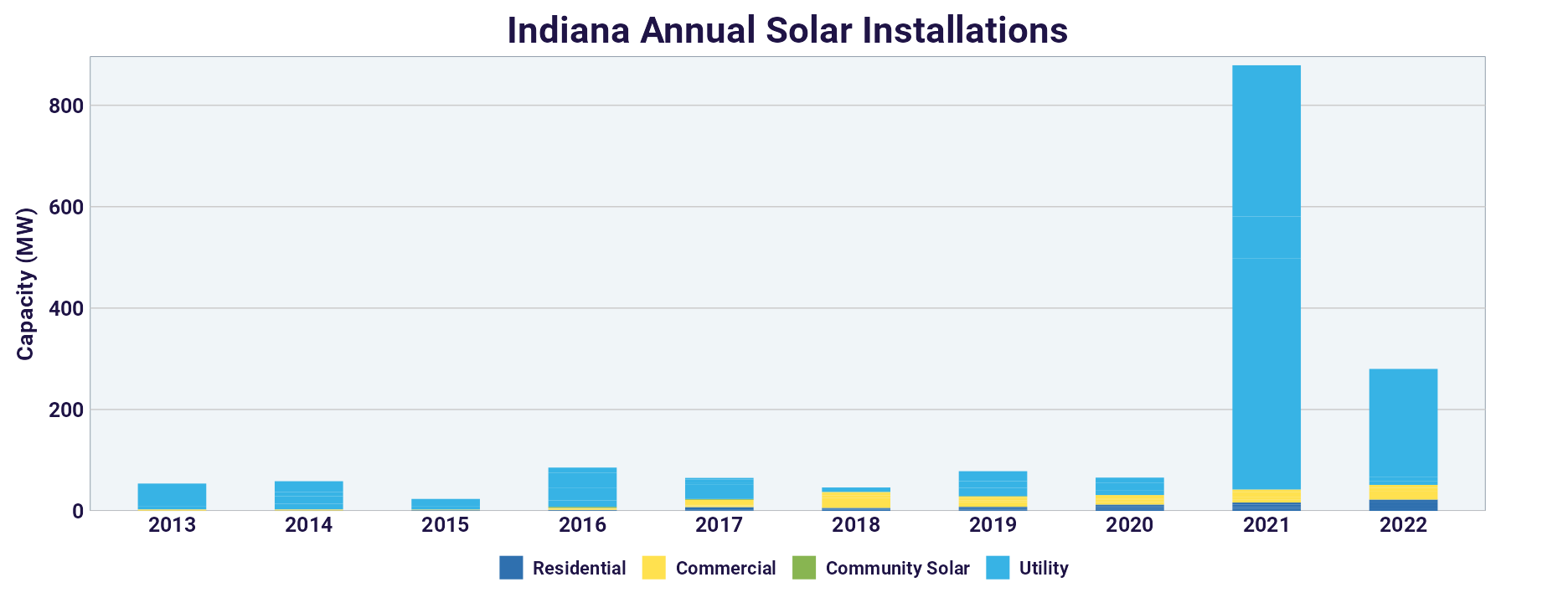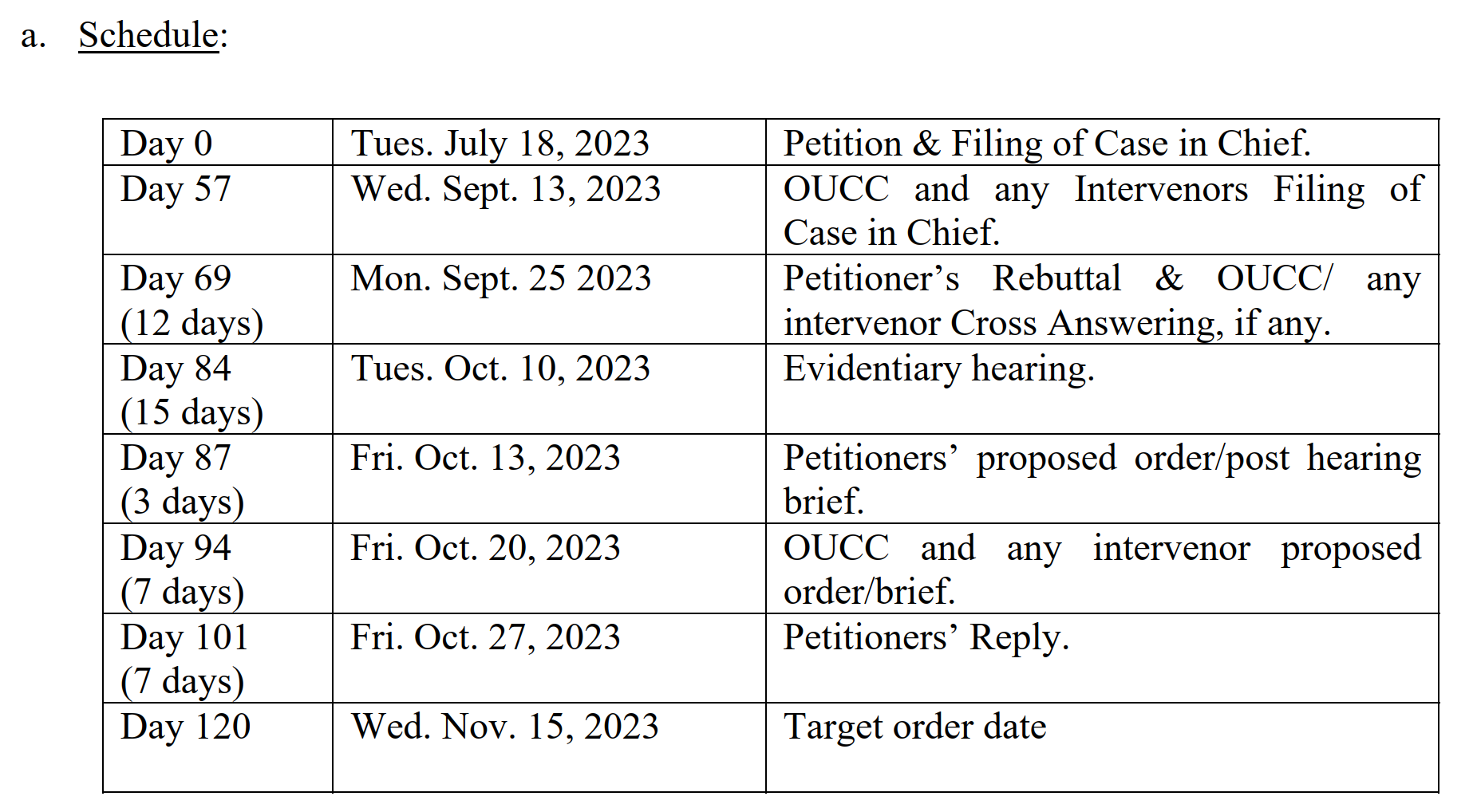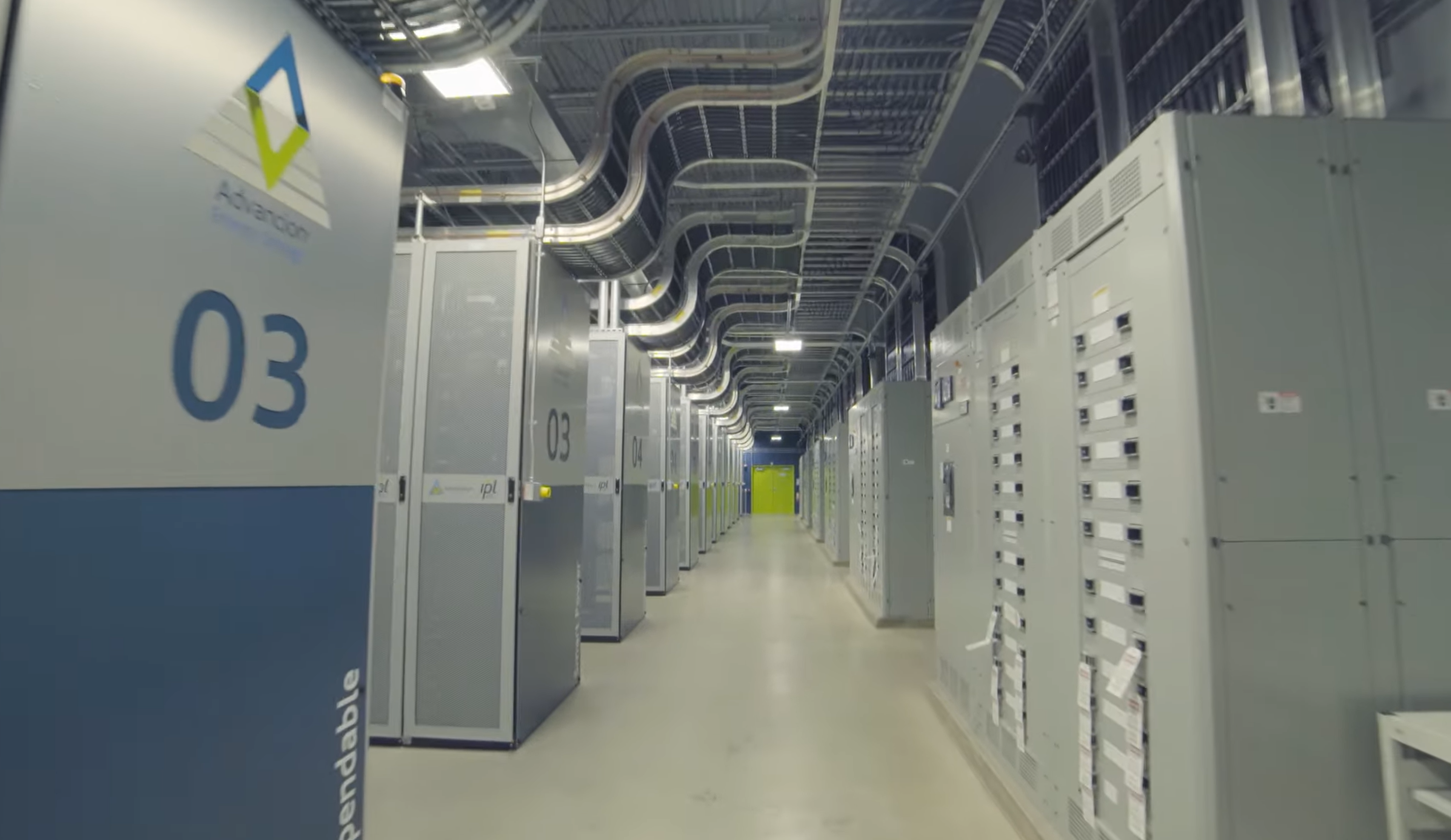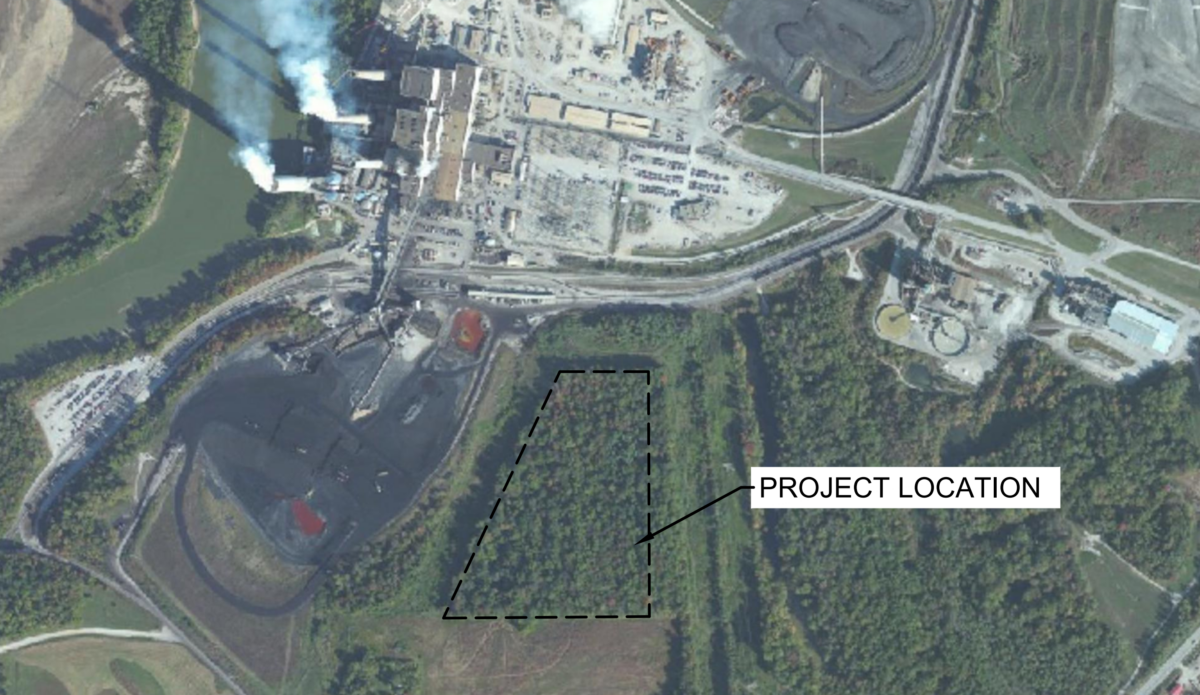An Indiana-based utility company, AES Indiana, has submitted a request to build the state’s largest energy storage system at a semi-operational coal facility. The proposed site for the Pike County Energy Storage Project is the Petersburg Generating Facility.
The planned battery will have a peak output of 200 MW, with an “expected output [of] 800 MWh at 80% of discharge level,” according to the filings. This suggests the facility could actually house a 1 GWh battery capacity, with AES Indiana having access to 800 MWh of it. The utility has signed an engineer, procure, and construct (EPC) contract with Fluence, the battery manufacturer that will also lead the construction of the facility.

Source: RFP 2023 documents for Pike County Energy Storage Project
The 200 MW will be divided into two 100 MW units, each with a capacity to last for four hours. Each 100 MW segment will connect to its own 34.5 kW to 345 kW transformers, which will supply the Petersburg Substation through a single 0.6-mile-long, 345 kW transmission line. The project will occupy 26 acres of the Petersburg Generating Station property.
Despite Indiana hosting what is likely to be the country’s largest solar power project at 1.3 GW, its small scale solar sector has faced challenges. The music recently stopped playing when the state built its last net metering project, leaving the 17th most populous state ranking 19th in solar power deployed.

This battery is earmarked to replace capacity from Petersburg Unit 2, which according to the U.S. Department of Energy’s Energy Information Administration, is due for retirement in June 2023. Ben Inskeep, program director at CAC Indiana, t he state’s oldest and largest consumer and environmental advocacy organization, suggested the facility ceased operations on May 31, 2023.
The Petersburg Generating Station started with Unit 1 at 281.6 MW in 1967, added Unit 2 at 523.3 MW in 1969, followed by Unit 3 at 670.9 MW in 1977, and completed with Unit 4 at 670.9 MW in 1986. The new owner, AES, retired Unit 1 in May 2021.
Units 3 and 4 are scheduled to switch from coal to fossil gas in 2025.
As part of their filing, AES Indiana has requested “timely cost recovery via a rate adjustment mechanism [that] is also consistent” with Indiana law. This implies that the project’s cost will be covered in the electricity rates of beneficiaries, with standard state mandated profit margins added atop the project’s costs.

The company expects the project to be online by December 1, 2024, as outlined in their proposed timeline.
AES expects the project to receive at least a 40% tax credit under the Inflation Reduction Act’s Energy Community clause. The utility projects that it, along with one or more tax equity partners, will own the facility. The filings indicate that once the tax equity partner achieves its internal rate of return, the utility will have the option to purchase the battery – a transaction typically occurring five years after commissioning, in compliance with the Internal Revenuse Service guidelines related to the Investment Tax Credit.
As the project nears completion, the utility will apply to the Federal Energy Regulatory Commission (FERC) for approval to sell stored energy discharged by the Pike Project facility into the wholesale market. It will also seek authorization to sell capacity and ancillary services to AES Indiana. Upon approval, AES Indiana and Pike County Energy Storage, LLC will formalize a Capacity Agreement and Contract for Differences.
AES Corporation, the parent company of AES Indiana, holds a substantial 34% stake in Fluence, the battery manufacturer involved in the project.

Image: AES Indiana
AES Indiana pioneered the first stand alone utility scale energy storage facility in the MISO interconnect region with the 20 MW/20 MWh Harding Street Station Battery Energy Storage System, launched in 2016.
This content is protected by copyright and may not be reused. If you want to cooperate with us and would like to reuse some of our content, please contact: editors@pv-magazine.com.









By submitting this form you agree to pv magazine using your data for the purposes of publishing your comment.
Your personal data will only be disclosed or otherwise transmitted to third parties for the purposes of spam filtering or if this is necessary for technical maintenance of the website. Any other transfer to third parties will not take place unless this is justified on the basis of applicable data protection regulations or if pv magazine is legally obliged to do so.
You may revoke this consent at any time with effect for the future, in which case your personal data will be deleted immediately. Otherwise, your data will be deleted if pv magazine has processed your request or the purpose of data storage is fulfilled.
Further information on data privacy can be found in our Data Protection Policy.